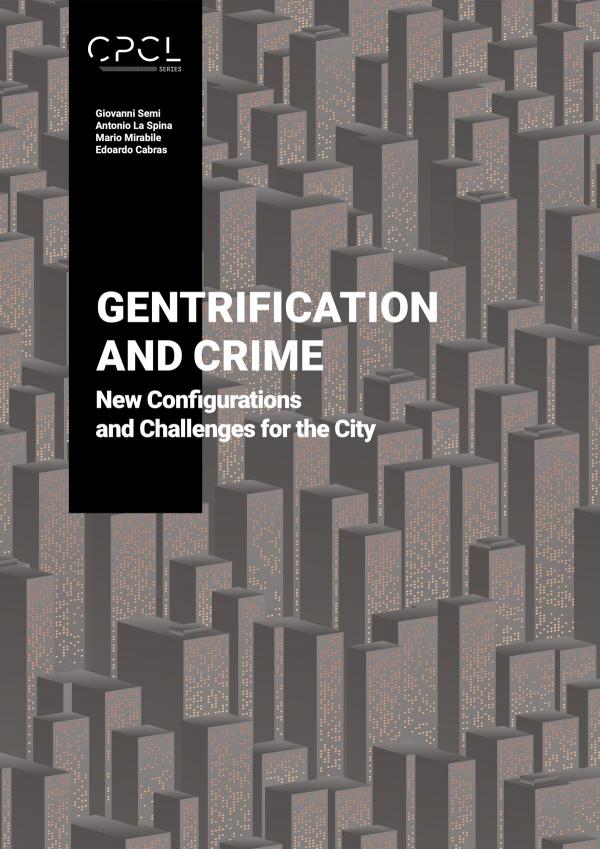Gentrification and Crime
New Configurations and Challenges for the City
Downloads

Synopsis
This volume is the editorial product of the project “Gentrification and Crime. New Configurations and Challenges for the City” started by a public conference held on May 6, 2019 at the Municipal Historical Archive of Palermo. This event was organized by Locus and endorsed by private and public bodies. During the conference, four presentations were given by distinguished academics of main fields investigated: Giovanni Semi, Marco Picone, Adam Asmundo, Antonio La Spina. Journalist Elvira Terranova moderated the event.
This publication was born from the desire to investigate gentrification and crime through a multidisciplinary approach. It draws inspiration from the urban sociologist Henri Lefebvre and his fundamental work The Production of Space on how the subject in its corporeality and in its interactions with the other integrates and produces spaces.
The people involved in the project stem from different fields: geographers, urban sociologists and criminologists, architects and urban planners, historians, and other representatives of civil society. That being said, given this project’s cross-disciplinary nature, contributors are given some creative freedom to flesh-out their own conceptualizations. As such, it is appropriate to cultivate an understanding of the intellectual framework and foundation underpinning this work.
Chapters
-
Introduction
-
Types of gentrification, crime and social impact
-
Mafia-Type Organized Crime in the Gentrifying City
-
Introducing Intelligent Ticket’s Dual Role in Degraded AreasElectronic Monitoring of Crime and Transmedia Content Presentation to Users
-
A critical approach to platform real estate in the urban ecosystem





